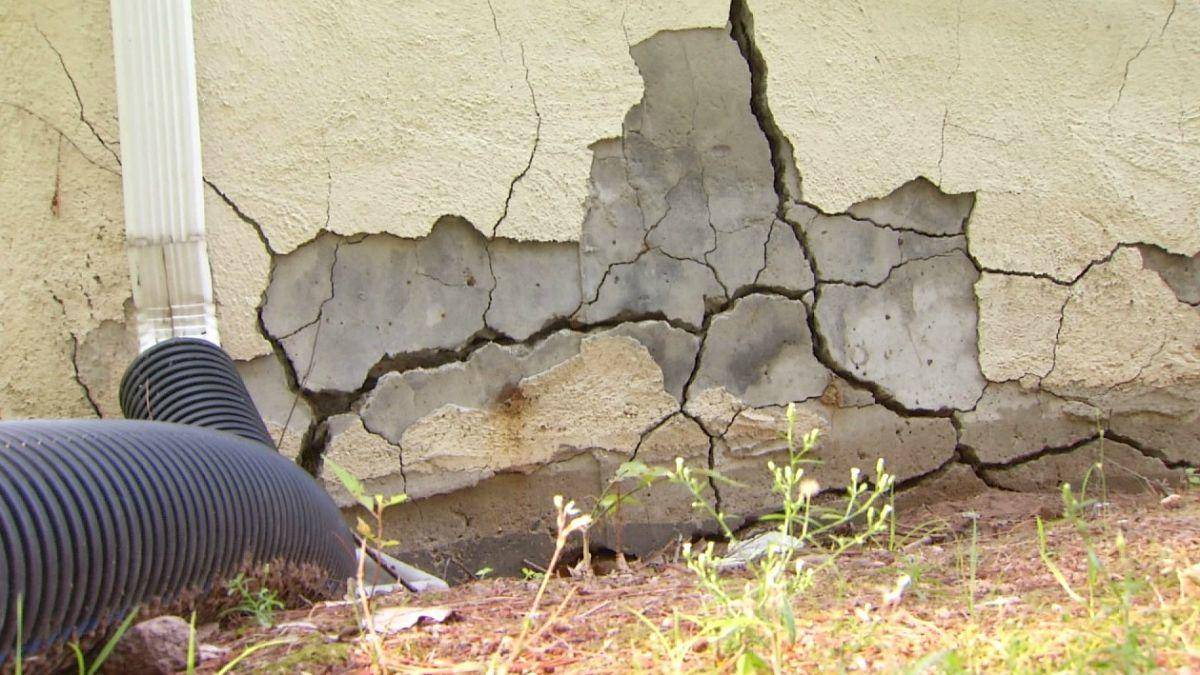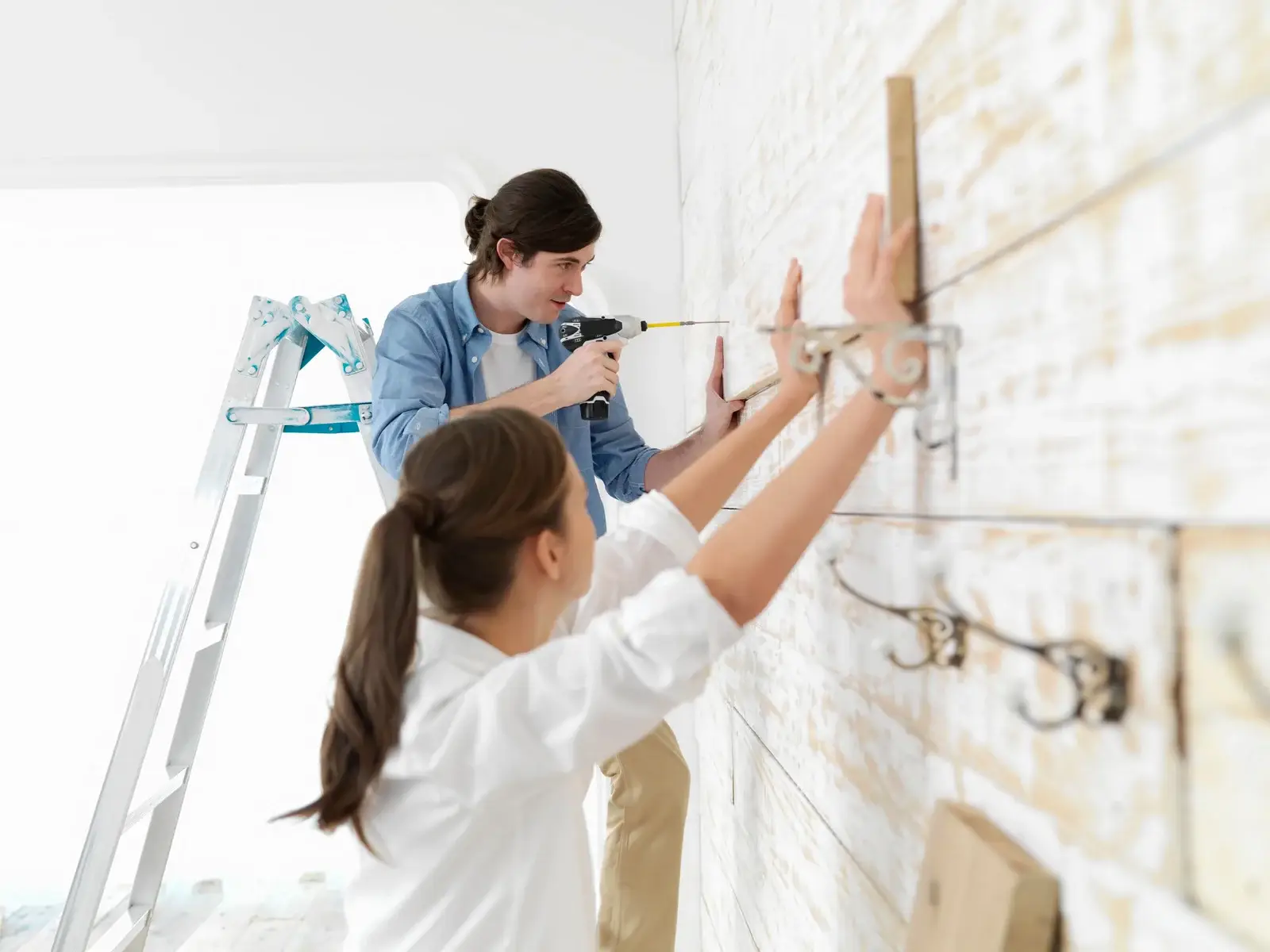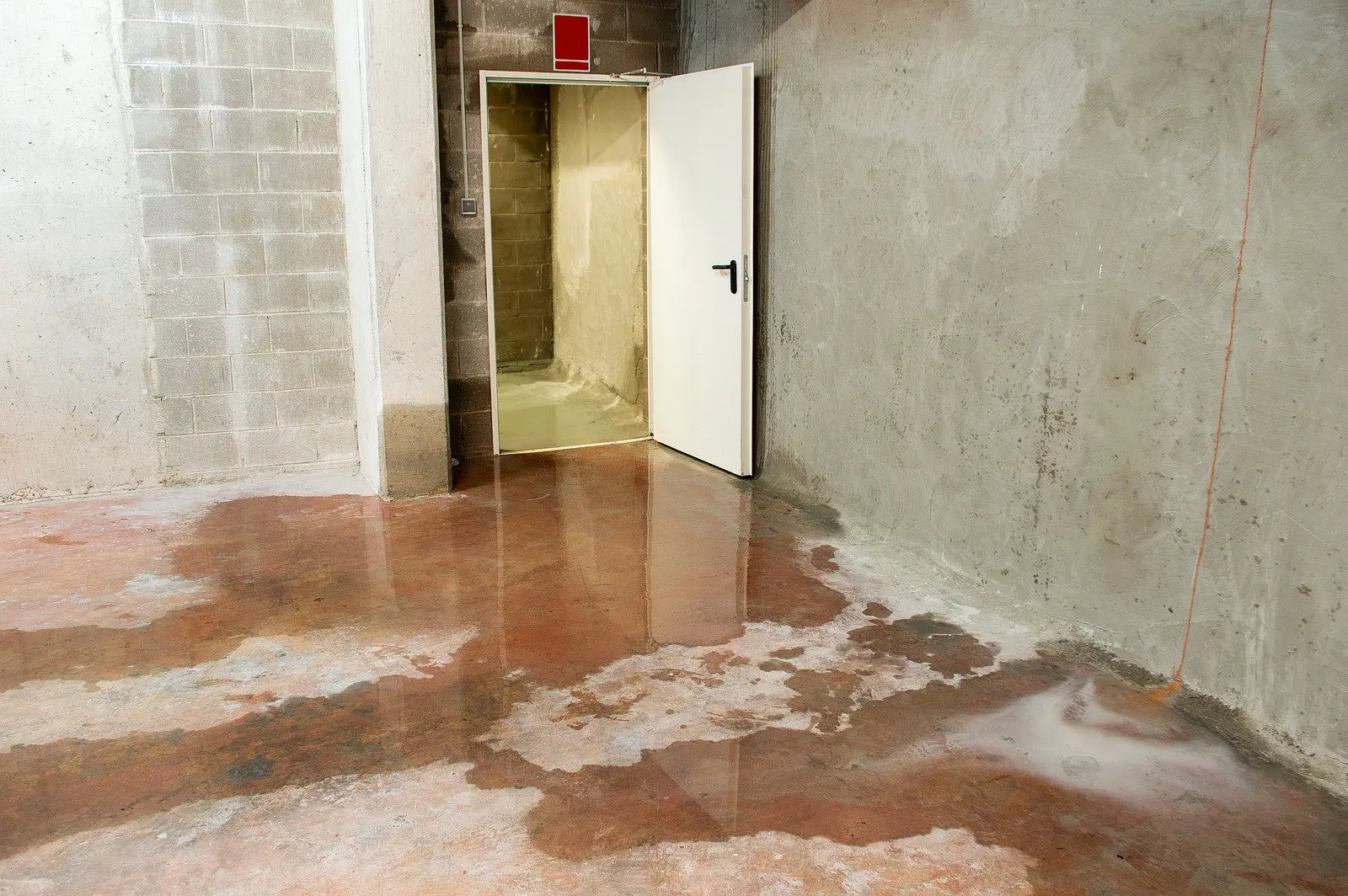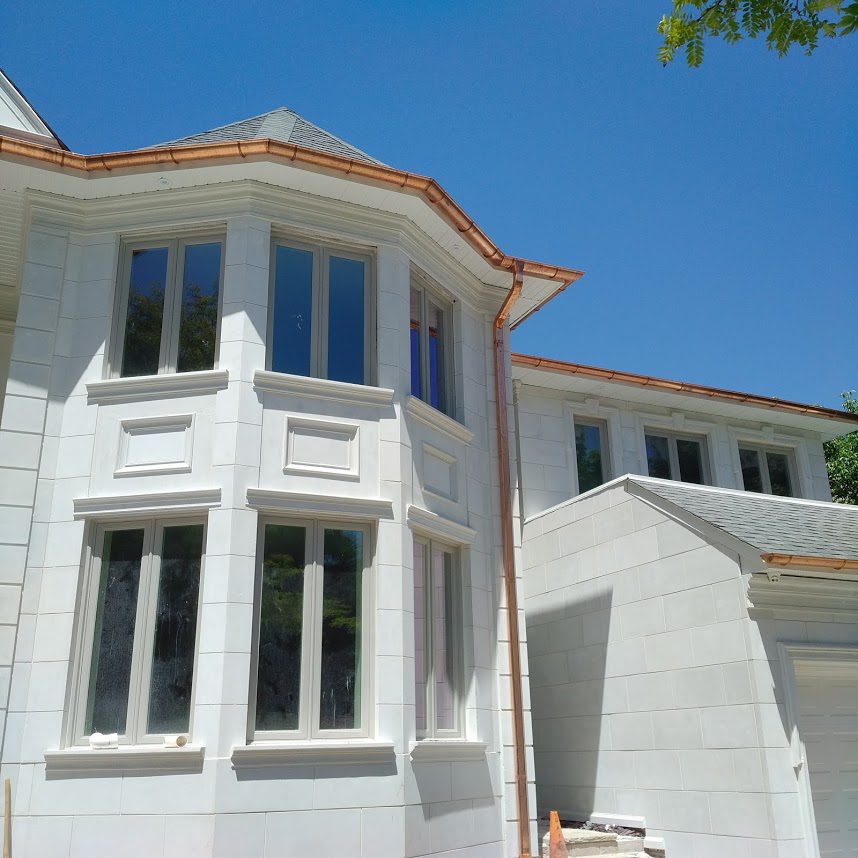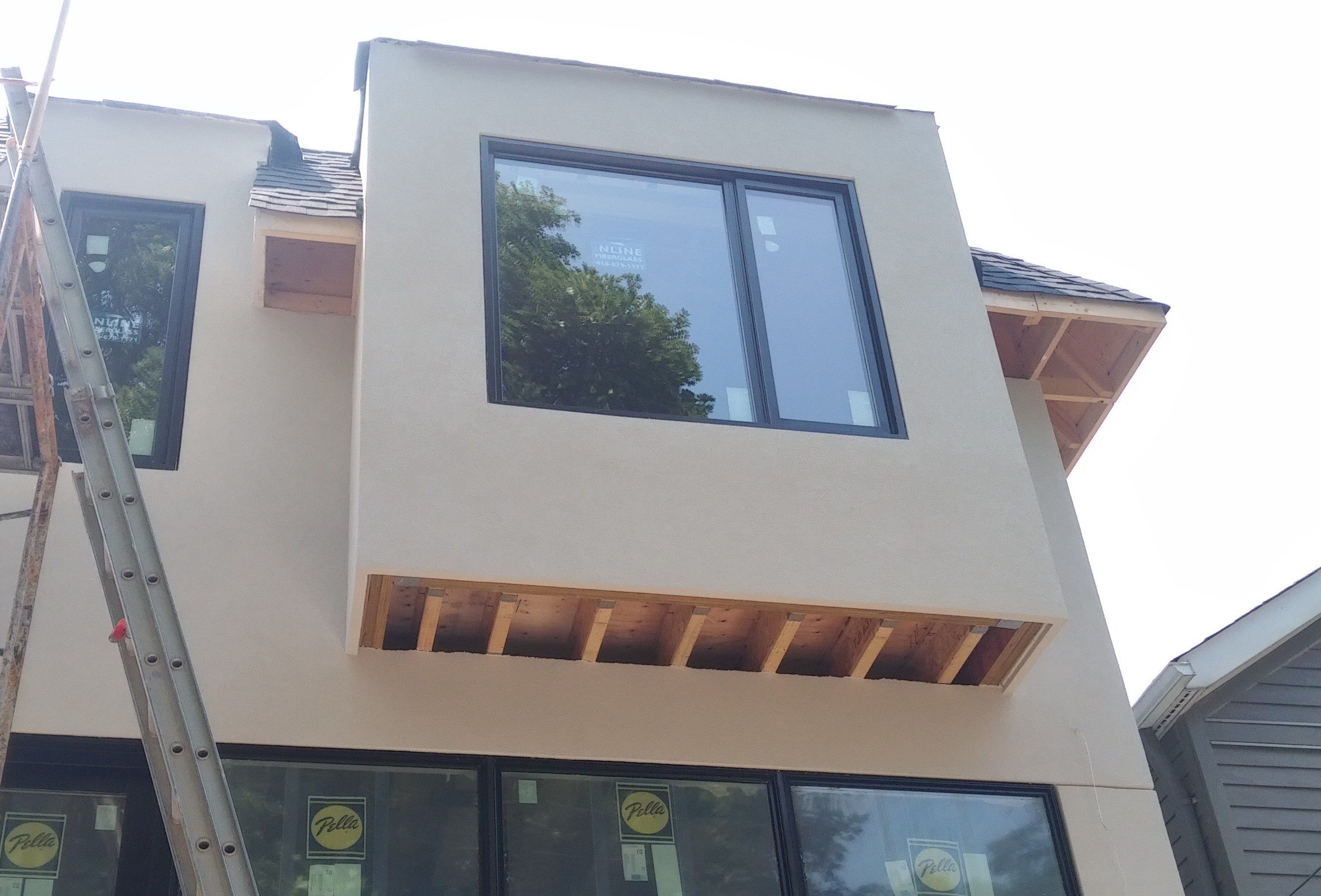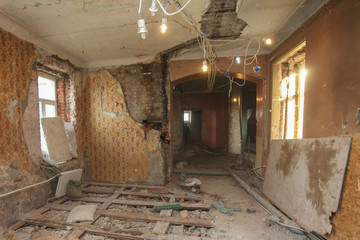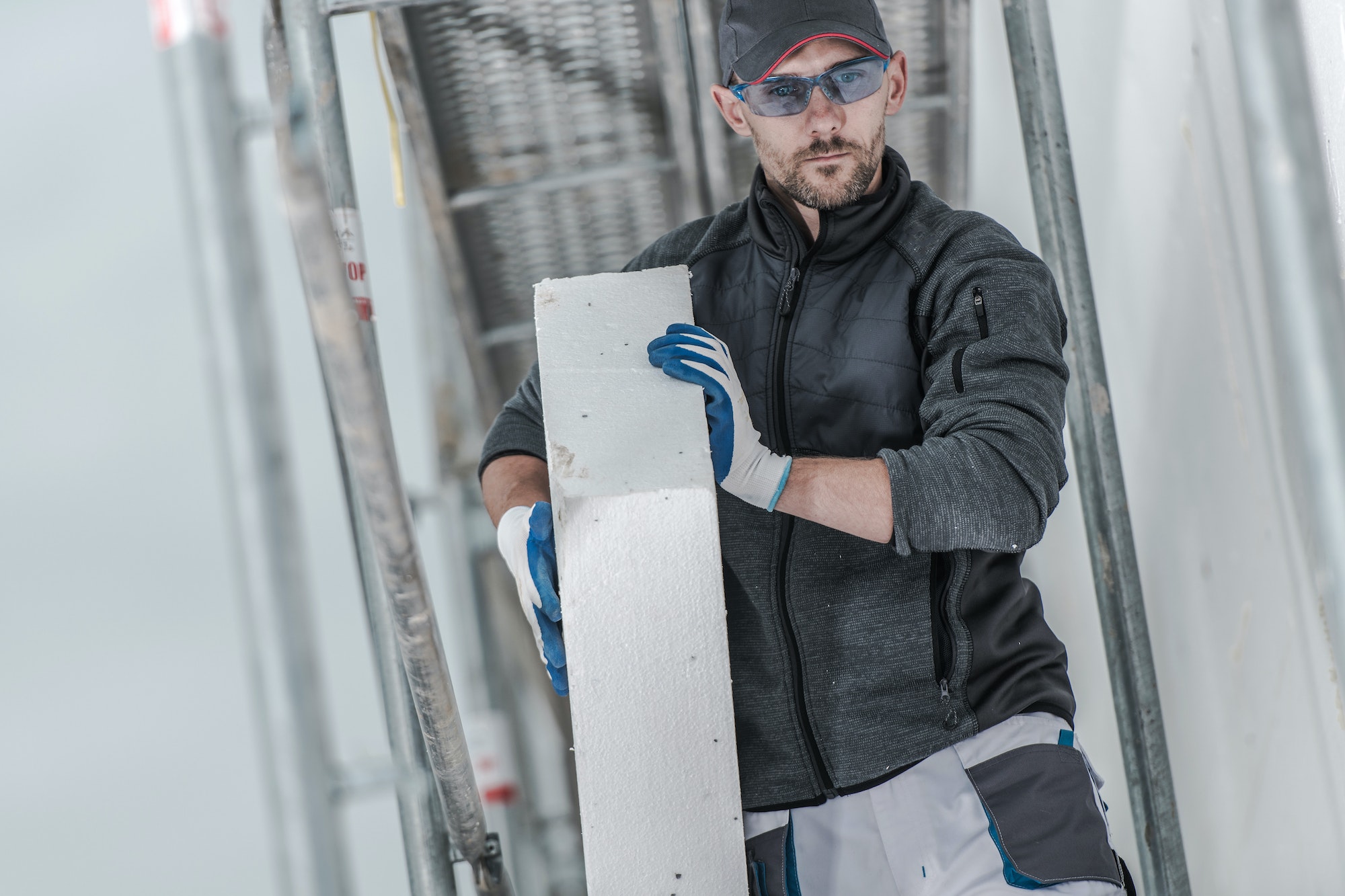In this post, you will find 8 tips to know when to worry about a Foundation Crack.
Your home’s foundation-concrete walls surrounding a basement or crawl space-supports the entire weight of the house.

Your home’s foundation, the concrete walls surrounding a basement, or crawl space-supports the entire weight of the house.
So it’s natural to be concerned if you ever discover cracks in the concrete. Fortunately, many foundation cracks are not serious enough to warrant professional attention, and repairing a foundation crack can be a DIY task as long as the crack doesn’t threaten structural integrity. The best way to ensure that a crack doesn’t indicate a major issue is to have a foundation contractor or a structural engineer take a look, but some general rules can help you decide whether or not you should worry. So, see where your crack falls on the range of scenarios and understand how to move forward.
IF YOU FIND HAIRLINE CRACKS, DON’T SWEAT IT
Within a year after construction, hairline cracks (about the width of a sewing thread) commonly appear on the inside of basement walls, most often near windows and doors or in the corners of the basement. This is due to normal “settling,” or the concrete shrinking slightly as it cures. As long as the cracks are hairline in width, there’s nothing to worry about.
IF A NARROW CRACK IS NEW, MONITOR IT FOR EXPANSION
When you notice a new crack that’s not hairline but still no wider than 1/8-inch, it’s probably due to settling and most likely it doesn’t present a problem—unless it continues to expand. To monitor a crack, make a pencil mark at both ends and write the date by each mark. In addition, measure the width at the widest point and write that on the wall as well. Check the crack at least monthly for several months and make additional marks and dates if the crack expands.
If no expansion occurs and no moisture seeps through, the crack is stable and you can fill it will grout, such as Saschco Gray MorFlexx Grout Repair, and then smooth out with a putty knife.

IF THE CRACK IS WIDER THAN 1/8-INCH, IT SHOULD BE SEALED.
Cracks between 1/8 and ¼ of an inch often result from house settling or concrete shrinking within a few months after construction. And so may pose no structural problem. But it’s a good idea to seal them to keep out moisture, soil smells, or even radon gas (check this EPA site to see if radon is a problem in your area). Repairing a foundation crack in this width range is a simple DIY project that involves filling the crack with caulk compatible with concrete, such as GE’s Concrete and Masonry Silicone II Caulk (available from Amazon).
IF A HORIZONTAL CRACK APPEARS WHERE THE FOUNDATION WALL MEETS THE BASEMENT FLOOR.
IT’S NOT A STRUCTURAL PROBLEM, BUT IT SHOULD BE SEALED.
Because basement floors are poured after the walls are poured, the concrete where they meet don’t always bond completely—and this is a common spot for a crack to appear when the house settles. The crack can be up to ½ inch wide and it still doesn’t pose a problem other than letting in moisture, smells, and gasses. Repairing a foundation crack of this nature is similar to repairing other non-structural cracks: Fill it with a caulk suitable for use on concrete. If a crack between the wall and floor exceeds ½ inch (some can be two inches wide or more inches wide), call a foundation contractor who can fill it by injecting an expanding epoxy.
IF WATER IS SEEPING THROUGH A CRACK, SEAL THE CRACK AND DIVERT THE WATER.
Basements and crawl spaces are normally damp because they’re located below grade (yard level). But when water—not just moisture—actually seeps through a crack, it poses an increased risk of mold and mildew growth. While the crack should be sealed as described above, it’s even more important to keep water away from the foundation wall. This can be done by removing foundation plantings. Some other ways are, installing guttering and downspouts, and adding soil to the yard along the foundation in order to create a two percent or more slope away from the house that allows water to run away from the foundation.

IF A FOUNDATION WALL CRACK IS WIDER THAN ½-INCH, HAVE A PRO TAKE A LOOK.
Although many larger cracks may still turn out to be harmless. It’s a good idea to have a foundation contractor or a structural engineer to inspect the foundation for structural problems. Repairing a foundation crack wider than ½-inch may well be a DIY task. But as always there is an off-chance that the crack is due to something more serious. A professional opinion should be sought first.
IF A LARGE CRACK ACCOMPANIES A BULGE IN A FOUNDATION WALL, IT INDICATES A STRUCTURAL PROBLEM.
Foundation walls are reinforced with steel to keep them from moving. As always In areas with clay-soil, the clay can swell when it becomes wet. This will create lots of lateral (hydrostatic) pressure on the wall which you don’t want that. This will push it forward and its is a major problem, and a foundation contractor should be consulted. If the bulge is slight, it might be difficult to see, but you can hold a long straightedge. Simple idea, as a six-foot level, along the wall to determine whether the area with the crack is bulging. Even a slight bulge that accompanies a crack is cause for concern and a pro should take a look.
IF A CRACK IS HORIZONTAL, IT PRESENTS MORE OF A RISK THAN A VERTICAL OR DIAGONAL CRACK.
While any crack can be unsightly, vertical, and diagonal. Cracks are usually the outcome of normal settling, and they can be fix as directed previously. Just Like bulging walls, horizontal cracks are pretty much caused by hydrostatic pressure. Never the less, even if the wall isn’t bulging, it’s time to consider for the pros. Stabilizing a foundation with structural problems can involve a number of different remedies. Including excavation around the outside of the wall, hydraulic lifting, or underpinning the wall with steel. However, only a foundation contractor will be able to assess the extent of the problem and offer a suitable remedy.

